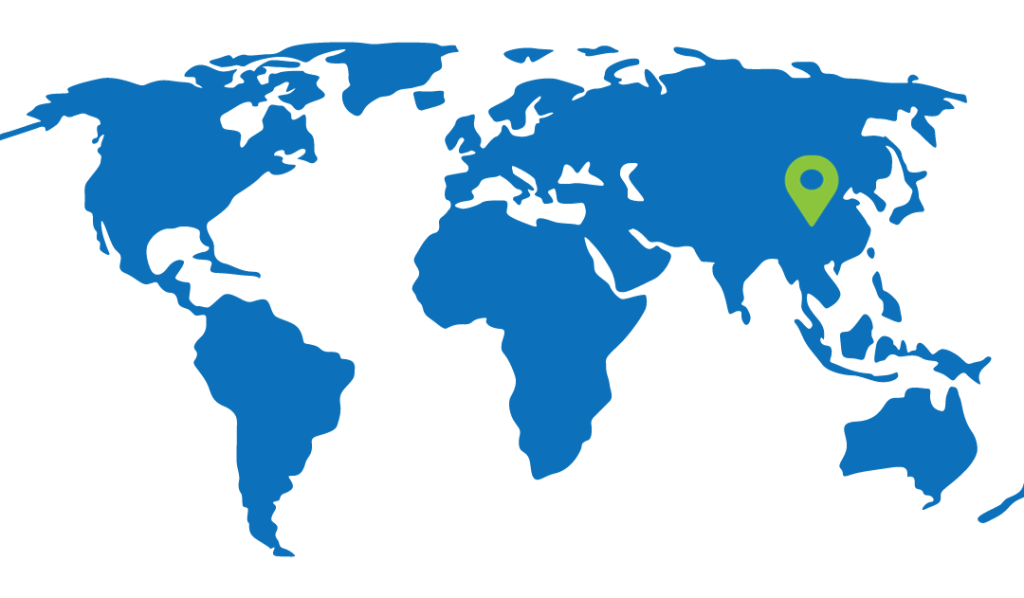China has officially approved its first mandatory national standard for hazardous substance control in electrical and electronic products. Titled GB 26572-2025: Restriction of the Use of Hazardous Substances in Electrical and Electronic Products, the standard was issued by the Standardization Administration of China and will take effect on August 1, 2027.

Mandatory Limits set on Hazardous Chemicals
Developed under the leadership of the Ministry of Industry and Information Technology (MIIT) with input from over 60 industry stakeholders, the standard sets mandatory limits on ten hazardous chemical substances found in electronic and electrical equipment (EEE). These include:
Four heavy metals: lead, mercury, cadmium, and hexavalent chromium
Six persistent organic pollutants: polybrominated biphenyls (PBBs), polybrominated diphenyl ethers (PBDEs), and four phthalates
Labeling, Documentation, and Traceability Requirements
Manufacturers must now comply with new RoHS labeling requirements, including the disclosure of hazardous substances and retention of technical documentation to support conformity. The standard also allows the use of digital tools like QR codes and screen displays for presenting this information, helping companies integrate green and digital solutions while increasing transparency for consumers.
These measures are intended to make hazardous substance control more traceable and verifiable, while also aligning with international practices to support global trade.
Regulatory Context and Compliance Framework
This new standard builds on China’s existing regulatory framework, which dates back to 2006. That year, the government introduced the Measures for the Administration of Pollution Control in Electronic Information Products. In 2016, these were replaced by more comprehensive regulations focusing on:
A compliance management catalog
Conformity assessment (via voluntary product certification or self-declaration)
Post-market supervision
Products listed in the compliance catalog must meet hazardous substance limits and submit conformity results to the China RoHS public service platform. Authorities, including the MIIT, Market Supervision Administration, and Customs, are tasked with enforcement through post-market inspections and oversight.
Future Expansion and International Alignment
Looking ahead, the MIIT plans to expand the types of products and substances covered under China RoHS and enhance the control mechanisms. GB 26572-2025 also brings China’s regulations closer in line with international standards, such as the EU RoHS directive, reinforcing China’s commitment to both domestic environmental protection and smoother international trade in electronics.
For this article’s source information and any product certification guidance, please contact Global Validity.
Quick Country Facts
China
Certification Body: State Radio Regulatory Commission of PRC (SRRC)
Certification Type: Mandatory
License Validity: 60 Months
Application Language: Simplified Chinese
Legal License Holder: Manufacturer
In-Country Testing Requirement: In-Country Testing
The regulatory information above is based on radio type approval certification. Access additional certification requirements in over 200 countries and territories with Global Validity’s free proprietary product certification management software, Access Manager. Learn more about the platform here or fill our quick contact form!
Global Validity is your partner for global certification success
Want to learn more about regulatory compliance and how we can help? Simply fill out the form below and we’ll be in touch!
